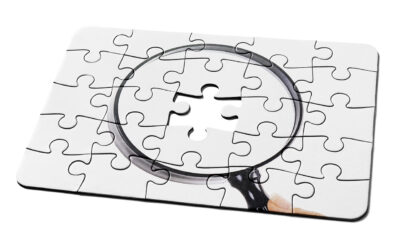Though businesses are not required to have written housekeeping procedures, keeping a tidy and organized workplace makes the job of safety compliance easier.
Your written program should set standard procedures for daily, weekly, monthly and even annual clean-up procedures.
You should develop specific tasks and expectations for each different work area. For example, office housekeeping procedures would differ drastically from housekeeping concerns in the warehouse, and loading dock areas may have different needs than production or distribution.
Here’s what your policy should cover:
Cleaning and organization – Cleaning and organization must be performed throughout the day, not just at the end of the shift. Integrating housekeeping into jobs can help ensure this is done. A good housekeeping program identifies and assigns responsibilities for the following:
- Clean-up during the shift
- Day-to-day clean-up
- Waste disposal
- Removal of unused materials
- Inspection to ensure clean-up is complete.
Maintenance – You should schedule regular maintenance of buildings, equipment and machinery to ensure they are in safe, efficient working order and in good repair. That includes maintaining sanitary facilities and regularly painting and cleaning walls.
Immediately fix broken fixtures, defective plumbing and broken walking surfaces, all of which can result in injury to your workers.
Dust and dirt removal – Regularly sweep, mop or vacuum your facilities. You may need a regular vacuum cleaner for offices and carpeting, industrial models for warehouses and production areas, and special-purpose vacuums for hazardous products.
Surfaces – Poor floor conditions are a leading cause of incidents. Don’t allow chips, shavings and dust to accumulate.
Instead, trap them before they reach the floor or clean them up regularly to prevent accumulation.
Areas that cannot be cleaned continuously, such as entrance ways, should have anti-slip flooring. Keeping floors in good order also means replacing any worn, ripped or damaged flooring that poses a tripping hazard.
Light fixtures – Dirty light fixtures reduce essential light levels.
Clean light fixtures can improve lighting efficiency significantly.
Aisles and stairways – Keep aisles and stairways clear by removing any items that impede or prohibit movement.
Spill control – When spills occur, clean them up immediately.
Absorbent materials are useful for wiping up grease, oil or other liquid spills. Used absorbents must be disposed of properly.
Tools and equipment – Tools require suitable fixtures with marked locations to provide an orderly arrangement. Returning tools promptly after use reduces the chance of them being misplaced or lost.
Any stray tools not in use should be put in their proper place.
Workers should regularly inspect, clean and repair all tools and take any damaged or worn ones out of service.
Waste disposal – Waste should be disposed of on a daily basis, and not be allowed to accumulate in work areas where it can pose a tripping or slipping hazard.
Place containers near to where waste is produced.
Storage – Inventory, parts, supplies and other inputs need to be stored in a manner that does not cause a danger to employees.
Stockpiles should not interfere with work.
Stored materials should not obstruct aisles, stairs, exits, fire equipment, emergency eyewash fountains, emergency showers or first aid stations. All storage areas should be clearly marked.
The last word
Once you have received the input from employees, you can draft final copies of the housekeeping procedures and distribute for final approval or for actual use. You should hold a safety meeting with staff in each department, so workers know what their housekeeping duties are.








